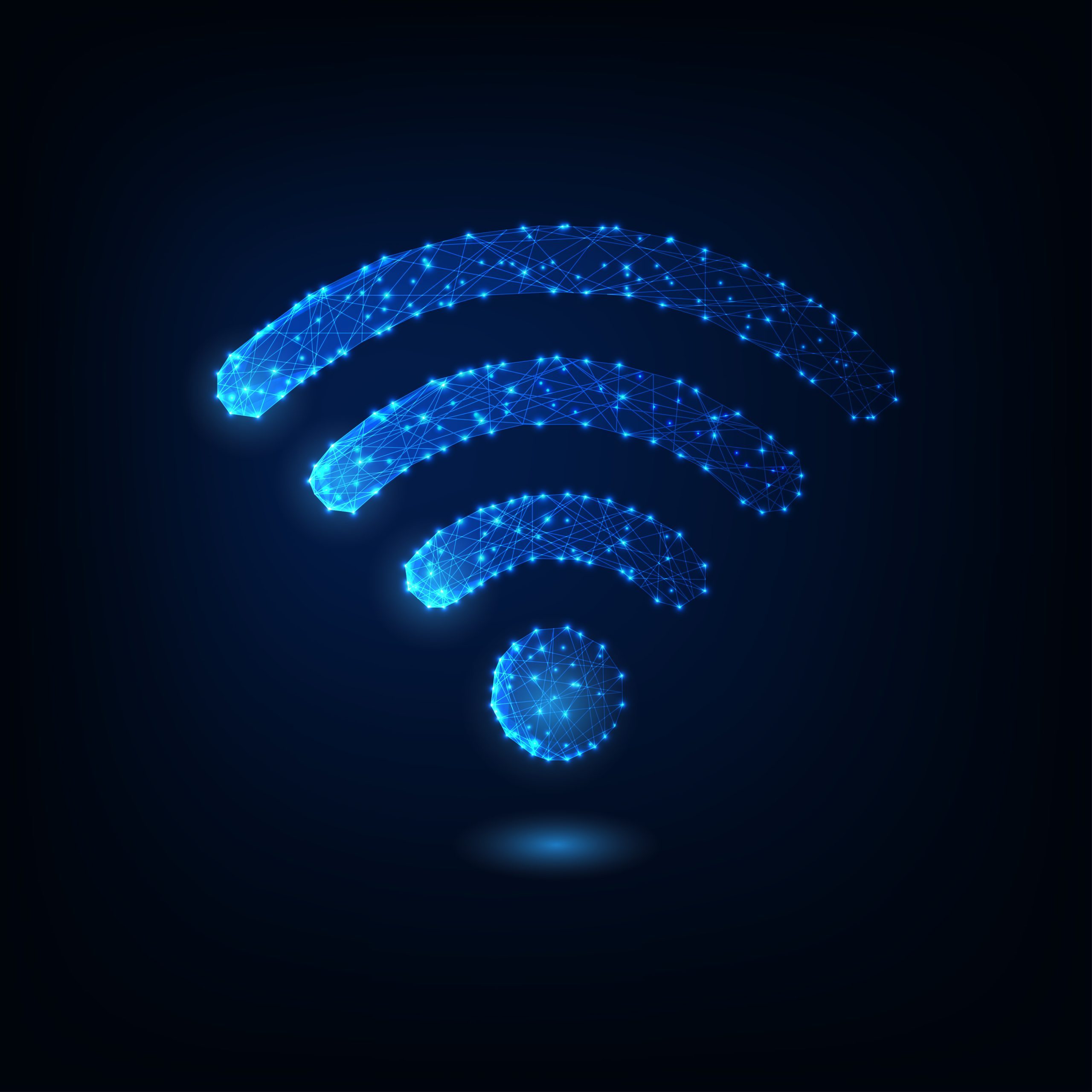Accessing the Internet is usually not a problem. It is easy and safe to connect to your home network and start surfing the Internet from inside your home. However, things can get complicated when you need to connect to a WiFi network while on the move. That’s when something unusual happens.
Nowadays you can find WiFi almost everywhere, such as airports, restaurants, hotels and public transportation systems. While public WiFi may seem simple, free and convenient, many people are unaware of its risks. Even if you’re in a coffee shop or restaurant where the connection requires a password, it doesn’t necessarily guarantee security because
- You have no idea who installed the network.
- You have no idea who else is connected to the network.
- You are concerned about the security of network data.
Using your device as an access point rather than relying on a public WiFi network is a preferable option, for the reasons mentioned above. It is therefore advisable to take precautions to safeguard the privacy of your data before connecting to a network. To ensure WiFi usage, consider following the guidelines provided below;
- Disable file sharing
Before proceeding with any action, make sure that file sharing is disabled on all your devices. To prevent your Windows PC, Mac or cell phone from sharing data over a network, simply disable the sharing options.
Hackers are individuals who actively seek out computers and other devices capable of sharing files over networks. This puts your data at risk.
While connected to a network, it is recommended to share files on your Mac or PC and disable AirDrop on your iPhone.
Visit HTTPS website only.
If you must use a WiFi network, be sure to only access websites that have connections indicated by the presence of an HTTPS certificate in their web address. When a website address begins with “HTTPS”, it means that the data exchanged between your browser and the site is encrypted and protected against access. By following this precaution, you can reduce the risk of your information falling into the hands of others.
3. Use a VPN
One of the secure methods of accessing the Internet through public Wi-Fi hotspots is to use a virtual private network (VPN). The purpose of a VPN is to encrypt and forward data while ensuring access protection.
Through this encrypted connection, not even your Internet Service Provider (ISP) can decrypt the information being transmitted. In addition, a VPN offers the advantage of masking your IP address by assigning a different one to your device. This means that while you may be physically located in Australia, your IP address may appear as if you are located in another country. As a result, your online activities cannot be traced back to you.
4. Turn on the firewall
Before connecting your Windows or Mac laptop to a network, it is important to make sure that the firewall settings allow connections from public networks. To maintain network security, a protective measure known as a firewall is used to monitor the flow of data in both directions (outbound).
The firewall is designed to discard any data packets that appear to contain content. You can set the security level provided by the firewall to one of three options; medium or high.
When using a Wi-Fi connection, it is advisable to have the firewall enabled although it may not be the most secure option.
5. Use a quality Antivirus program
To ensure the security of your computer, smartphone or any other device from malware infections, it is essential to have an antivirus program installed and actively running on it.
When connecting to a network, it is essential to be very careful and ensure that your antivirus software is regularly updated and provides real-time protection against viruses and malware.
Any harmful software or viruses that manage to infiltrate your computer will be quickly removed by the antivirus program before they can cause any damage.
Other important tips for staying safe on public WiFi networks:
- Avoid making transactions or relying on banking services.
- Be sure to enable two-factor authentication (2FA) on all your devices and online accounts to protect against access.
- Be careful when downloading any content while connected to a Wi-Fi network.
